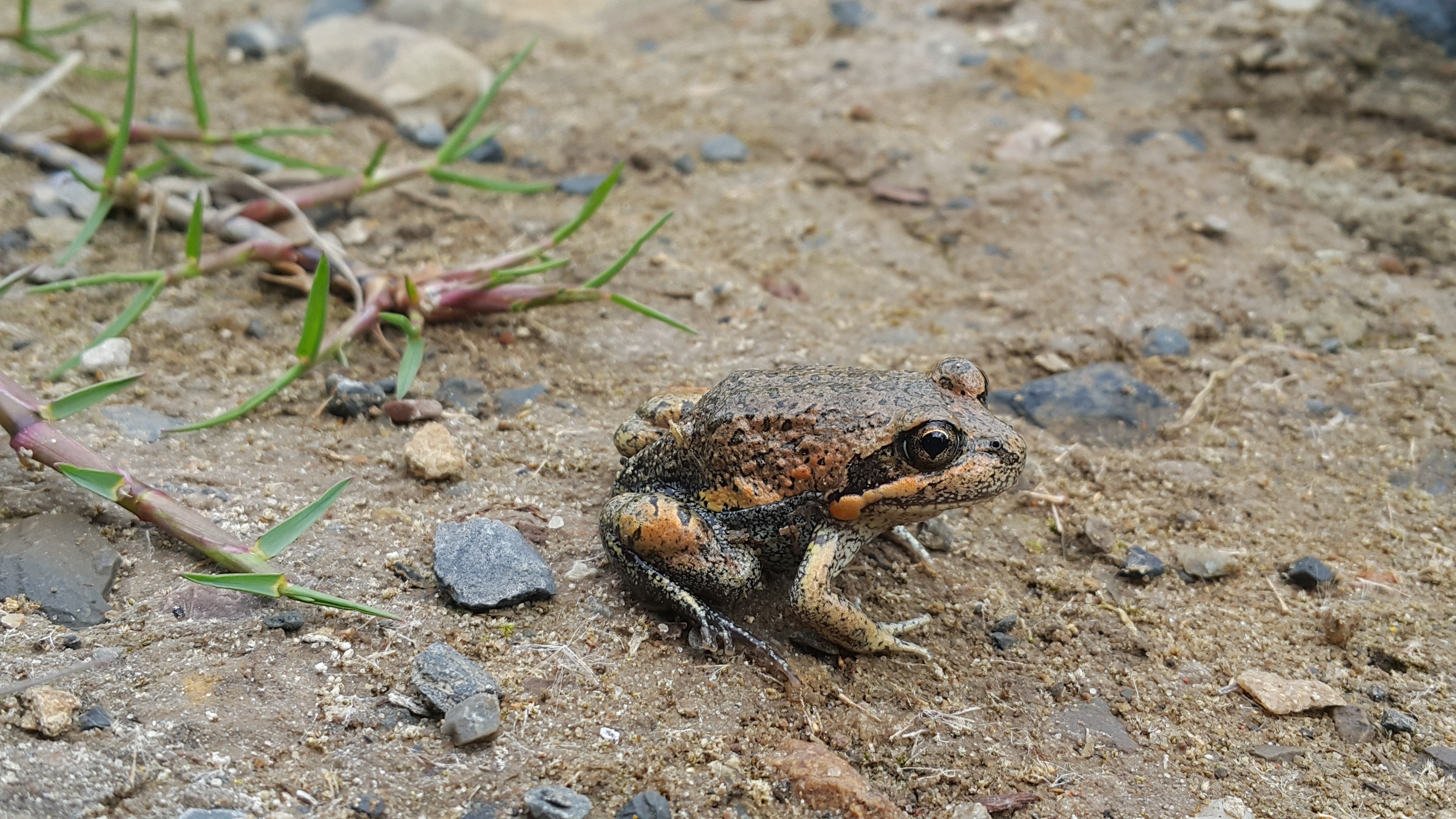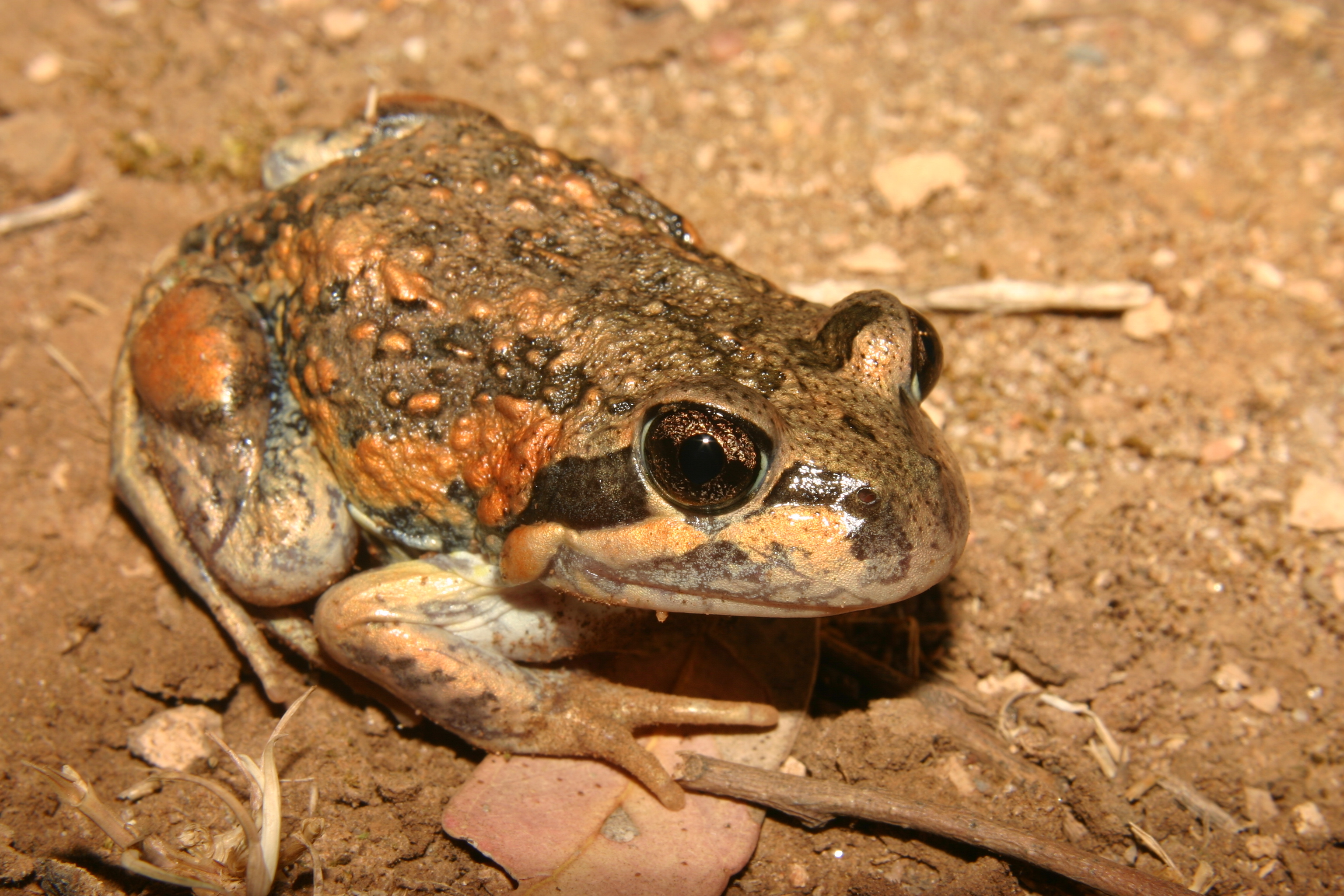Spring is about to spring, and you know what else springs? Frogs! Find out how you can help spot them and what this intel contributes to.

It is almost time for FrogWatch SA’s spring census from 1 - 8 September, that we're partnering on with the Murraylands and Riverlands Landscape Board.
This quarterly event is a great opportunity for citizen scientists across South Australia to help track frog populations.
Spring is one of the best times to spot (or hear) frogs, so we’re calling on as many people as possible to get outside and record frog calls from 1 to 8 September.
Your recordings can help researchers gather essential information on species distribution and abundance.
Read on to discover how you can be involved.
Record frogs… even when they’re not there!
You know how in jazz they say it’s not the notes you play, but the ones you don’t? Well, the same goes for frog spotting!
Even if you don’t hear any frogs, your recordings still provide valuable data about where frogs aren’t, which is just as important as knowing where they are.
Focus frog: The eastern banjo frog
This spring, we’re shining a spotlight on a misunderstood local, the eastern banjo frog.
Unfortunately, the eastern banjo is sometimes confused with the invasive cane toad.
Unlike its look-a-like pest, the eastern banjo frog is a vital part of our ecosystem and is native to South Australia.
There are no current confirmed sightings of cane toads in SA, but it doesn’t hurt to know the difference. Here’s how to tell them apart:


Feature | Eastern Banjo Frog | Cane Toad |
Size | ~8 cm | Up to 20 cm |
Poison glands | Present on the back legs | Present behind the shoulders |
Eardrums | Less visible | Clearly visible |
Ridge between eyes | None | Prominent bony ridge |
Easten banjo frogs are burrowing frogs, so they spend a lot of time underground. But, after rain, they’re more likely to be active and visible.
Get involved
The best way to participate in the Frogwatch spring census from 1 - 8 September is via the FrogSpotter app.
It’s simple to record frog calls, and your data helps researchers monitor species distribution and abundance.
The frogs don’t have to be seen to be recorded, hearing them is enough!
If your phone is not compatible with the FrogSpotter app, you can submit recordings directly to the FrogWatch SA website.
Missed the census dates? No problem, FrogWatch accepts recordings all year round.